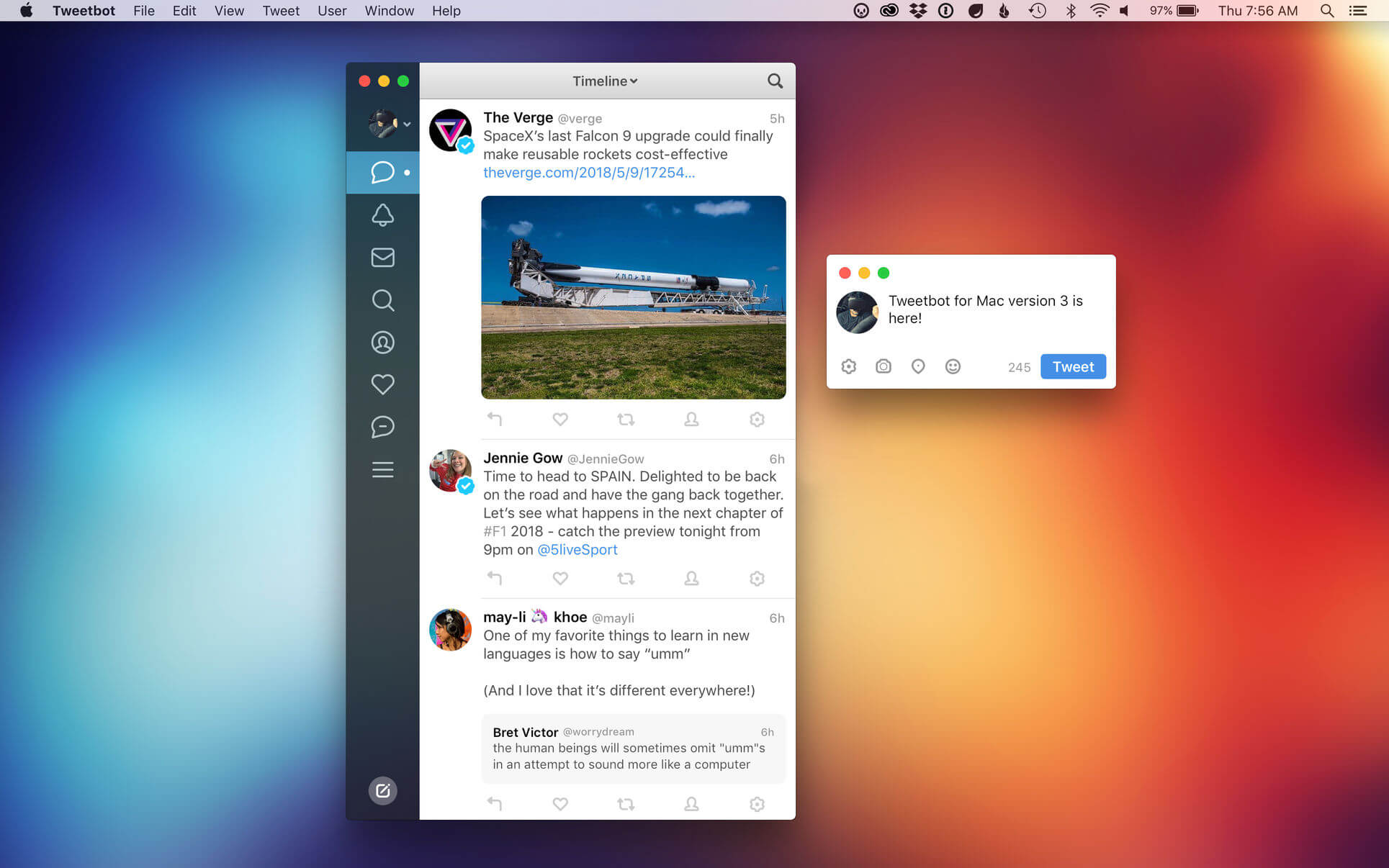

Other details on the database: -Publicly Accessible is set to No -It is running in us-east-2b Additionally, there is an instance on EC2. Though you can run the SQL queries using plql utility, it will become extremely hard to use that once you have a good amount of data and tables in your database. The PostgreSQL db is associated with a Security Group with this inbound rule: Type: Custom TCP Rule, Protocol: TCP, Port Range: 5432 and Source: 10.0.0.0/32.


Now we can login to the data base we just created using the following command \connect hello_world_user 6. Connect to the database to run SQL queries.GRANT ALL PRIVILEGES ON DATABASE hello_world_db TO hello_world_user Run the following commands to so that CREATE DATABASE hello_world_db Now lets create the database with name 'hello_world_db' and grant all privileges to the user 'hello_world_user'. Now login to psql with the user 'hello_world_user', run the following command to do that. To quit from the session run following command \q Now let's switch to the User we just created, to do that first quit from the current session.
#SEE HOST IN POSTICO PASSWORD#
Now lets create User with name 'hello_world_user' by running following commands CREATE ROLE hello_world_user WITH LOGIN PASSWORD 'password' Now you are in psql command line, you can start executing SQL queries here. Now you should see output like below MacBook-Pro:~ root$ psql postgres Login to psql utility using the following command.Now lets use psql utility which is shipped by PostgreSQL to create our User & Databse The visual design is not quite as tidy as other clients. Creating User & Database using 'psql' utility Postico is a great choice for its ease of navigation and simple design. This command will output the following postgres (PostgreSQL) 9.6.5 5. Now you if you run the postgres -V command then you should see the PostgreSQL if you can see that, your installation is successful. If you want to run PostgreSQL on startup of your macOS then you need to run the following command pg_ctl -D /usr/local/var/postgres start & brew services start postgresql 4. Linux Similar options for Linux exist but seem to depend on. Once again, you’re done It’s pretty quick.
If you want to run PostgreSQL on demand then you can start the service with the following command brew services start postgresqlĪnd you can stop the service with the following command brew services stop postgresql As a default, Postico will make a localhost account that is linked to your#SEE HOST IN POSTICO INSTALL#
You can install PostgreSQL by running following command brew install postgresql 3.
#SEE HOST IN POSTICO SOFTWARE#
Once you have homebrew in your mac, installing any other software is easy. You can install it by running following command /usr/bin/ruby -e "$(curl -fsSL )" 2. So first get Homebrew if you don't have it already. Installing PostgreSQL using Homebrew is the easiest & less hassle way of setting up on macOS. Install Homebrew (If you don't have already) This tutorial helps you install PostgreSQL on your macOS and helps you configure a user & database for your first application using PostgreSQL. PostgreSQL is one of the fast growing object-relational database management system (ORDBMS).


 0 kommentar(er)
0 kommentar(er)
